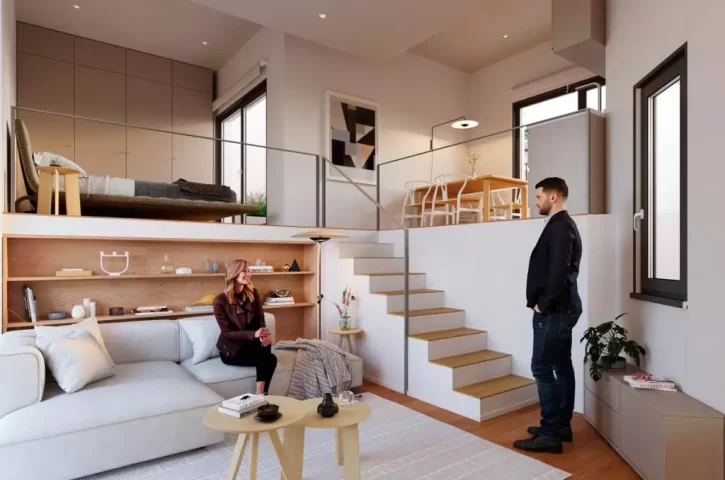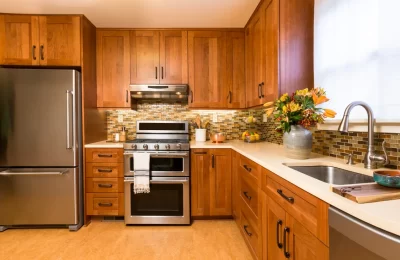
When it comes to a Victorian home design, there are a variety of elements you might want to consider. Some of these include grand ornamentation, stained glass, reflective surfaces, tapestries, embroidered textiles, and floral designs.
Embroidered textiles
Victorian home design is known for its exquisite furnishings and artifacts. Victorian interiors often feature embroidered textiles such as lampshades and wall panels. They also showcase framed photos, sculptures and hand-painted flower vases.
Victorian needlework allowed middle-class women to remain modern while preserving a connection to the past. Embroidery was taught to girls as a household skill. But it was also encouraged to become art.
An idealized vision of the past was embodied in samplers and quilts. The samples recorded the lives of their makers and conveyed important life events. In addition, these works of art were a means of self-expression.
Many Victorian fancyworkers extolled the historical value of needlework. Their work was also instrumental in promoting embroidery to the public.
The Arts and Crafts Movement increased the popularity of craftwork, and helped embroiderers to develop new designs. A number of embroidery societies were formed to help improve design standards.
Some embroidery patterns were short-lived, but others remained popular for decades. These styles included Xiang xiu, Shu xiu and Chinese embroidery.
Fancywork was an umbrella term that included any type of amateur craft performed by women. It was a way to express female self-expression. There were also numerous patterns for fancy work.
Throughout the 19th century, women’s magazines and mail order catalogs advertised patterns for embroiderers. Embroidery societies also sold finished embroideries.
Needlework was not only an essential household skill, but it also provided women with an opportunity to study and record their life experiences. These records became a part of the memory of the woman.
Floral designs
Floral designs in Victorian home design were lavish and elaborate. In fact, flower arranging was deemed an art. During the Victorian era, flowers were viewed as symbols of romance. They also served as a way to show affection.
Victorian era floral arrangements were typically round or oval in shape. A typical arrangement included a base, a container, and lots of foliage. This style was usually made from flowers that were cut from the garden.
The most common color in Victorian floral arrangements was royal purple. Other favorite colors were magenta and ocean blue.
The Victorians had an obsession with exotic flowers. They had a unique language for flowers called floriography. It used verbal analogies to explain the meaning of flowers.
During this period, the first attempt was made to codify official floristry rules. Many of the styles were copied from the French Empire Period.
Floral arts were an important part of society. The upper class often displayed their wealth with extravagant flower arrangements. Having a home decorated with floral arrangements was considered a great achievement for young ladies.
When choosing a floral design for your home, consider the size of the room. Generally, a floral arrangement should be at least 1.5 to 2 times the height and width of the container.
Choosing the right color is also a crucial element. Ideally, you should choose neutral tones that add visual texture to your home.
Stained glass
One of the most common features of Victorian home design is stained glass. The combination of light, color and ornamentation adds a special sense of glamour to any setting. Stained glass panels can be used in bathrooms, hallways, bedrooms, dining rooms, kitchens and foyers. You can customize your own panel or order a custom design.
The origin of stained glass dates back to the Romans. Initially, it was made of sand, metallic oxides, potash, and molten lime. It was then framed with lead. However, later on, the process evolved into art. Throughout the centuries, it has been used in public places, commercial establishments, and homes.
Aside from being used as a decorative element, stained glass has also been used to create privacy. Public houses in some countries, such as England, use stained glass extensively. Leaded lights can give the room a warm, welcoming atmosphere.
Traditionally, the design is geometric. In this style, the primary feature is usually placed at the center. Secondary features are normally placed in the top and bottom thirds.
Other styles include Gothic and Art Nouveau. In the latter, the design is characterized by curving lines and fanciful scrollwork. These styles are popular in Eastern Europe and France.
Earlier in the 19th century, there were only a few studios producing ecclesiastical stained glass. Many of these firms closed during the early years of the 20th century. But today, there are more than 100 studios in the U.S.
Tapestries
The Victorian style of decorating can be a bit dated at times. However, if you want to keep your home looking fresh and stylish, it is easy to add some Victorian touches without going to an antique dealer.
For example, a Victorian bedroom can include a chandelier, a chaise lounge, authentic lamps, a headboard, and an antique dresser. Alternatively, you can incorporate faux plants into your room design.
In the Victorian era, the social status of the people was elevated. The rich and the famous had beautiful houses, and they could afford to decorate them with lavish materials. Their homes were filled with extravagant furniture and textiles, and many people bought fabrics in deep colors.
Tapestries were a popular decorative element in these homes. They were traditionally draped over the tops of mantles and over tables. Wallpaper was also used. Often, wallpaper featured floral patterns and Gothic art.
During the Victorian era, the Arts and Crafts movement was formed, which emphasized the beauty of nature. William Morris, a 19th century designer and artist, was influential in this movement.
In his work, Morris often featured natural motifs. He also produced intricate Gothic-style tapestries. His compositions evoke a flurry of movement within the design.
Traditionally, tapestries were designed as individual panels, but some are now available as wall hangings. These can be handwoven or embroidered. It is important to choose a high-quality piece, as it will take longer to make.
Reflective surfaces
A Victorian home is all about elegance, opulence, and socializing. The interiors are usually filled with artwork, sculptures, and other decorative elements. While it is important to have enough decor, the balance between decorative pieces and the rest of the space is essential.
One way to create a great sense of opulence and glamor in your home is to use reflective surfaces. These surfaces are easy to install and are competitively priced. They reduce energy consumption and help keep a building cool in the summer.
These surfaces also provide a sense of mystery. Initially, they were used as a religious metaphor for the divine. However, as time passed, they gained significance in the world of art.
Reflective surfaces can be found on a variety of surfaces including tiles, glass, and more. They are ideal for residential and commercial buildings. This is because they enhance illumination and keep a building cool. Using them can also reduce air pollution.
To create a dazzling Victorian look, you can incorporate mirrors into your home. Although they were originally intended for religious purposes, they are now a great accessory to decorate any room. You can even hang them outside to reflect new architectural trends.
Another reflective surface is a cool roof. This type of roof is often linked to white roofs. It allows for plenty of natural light to enter your Victorian home. It can also be used in commercial buildings, allowing it to remain cool in the summer.
Grand ornamentation
Grand ornamentation was a big deal in Victorian home design. In particular, the swooping arched windows and the curved gable roofs were hallmarks of the style. As the American Civil War ended in 1865, the prosperity of the post-war era led to an explosion of building. Mass production facilitated the expansion of the middle class. The influx of wealth and resources enabled the creation of lavishly designed dwellings.
This type of architecture was not limited to the Old West; it was also popular on the mid-west coast as well as along the Atlantic seaboard. For example, the Carson Mansion in Los Angeles, built for lumber baron William Carson, is an architectural gem. Its many fanciful features include a sweeping wraparound porch, towers, finials, and a host of other trinkets that make it a must see.
One of the more famous Victorian houses, the Elley House, in Lexington, Virginia, was built in 1850-51 as a summer house for a cotton planter named Wm. R. Elley. Though it is a regal abode, the occupants were not without their share of quirks. A large part of the fun was trying to figure out which flaws belonged to which person and which belonged to everyone. Ultimately, the house was divided into luxury apartments in the 1980s.
The most important thing to note is that the Victorian style of architecture was a cyclical phenomenon. While the style was first seen in the United Kingdom during Queen Victoria’s reign, its influence spread across the pond.










